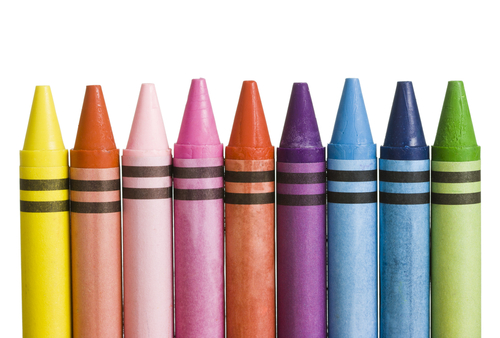Imagine you have a big box of crayons with lots of colours.

Just as you sort your crayons into different groups based on their colours, scientists sort animals into groups based on the things they have in common.
By sorting animals into these groups, scientists can learn more about them and understand what makes each group special.
It's like organising your crayons - each group has its own colours and features.
Birds have feathers and wings and lay eggs. They fly high up in the sky and some of them sing beautiful songs. They are warm-blooded.

Mammals have fur or hair, give birth to live young and produce milk. They are warm-blooded.

Fish are swimmers of the rivers, lakes and seas. They live in water, have gills to breathe underwater and lay eggs.

Reptiles lay eggs on land and have scaly skin. They are cold-blooded which means they need the sun to warm up.

Amphibians are very special. They lay eggs in water and their young have gills and live only in the water. As they grow into adults they develop lungs and can breathe air, so can live both on land and in the water.

In this activity, we will be looking at mammals.








